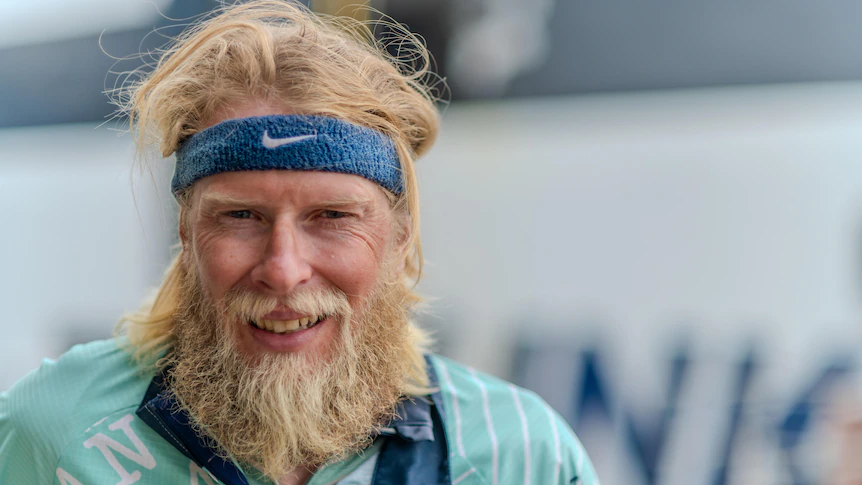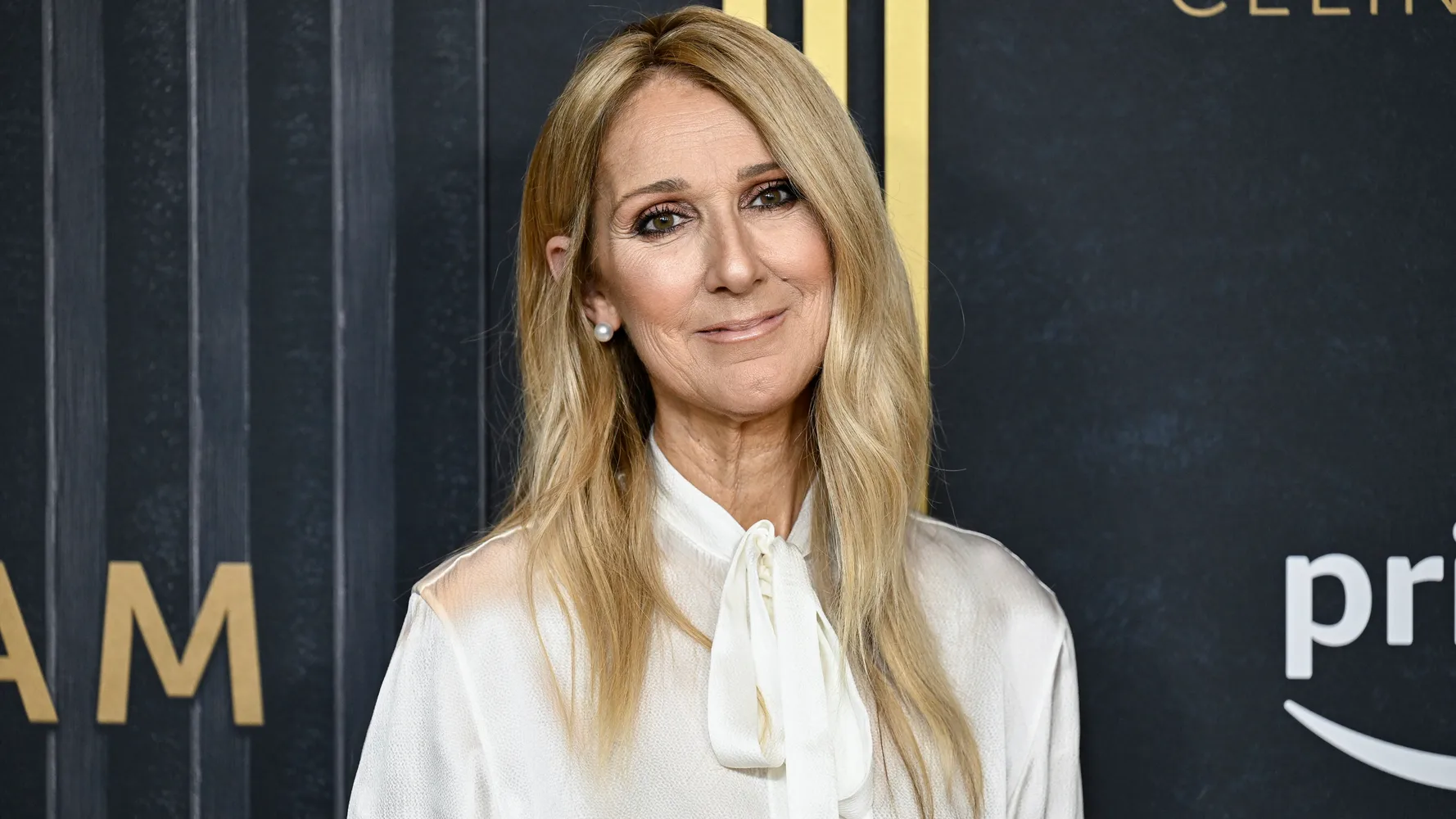By Jessica Schremmer
Copyright abc

Nicholas Tremaine is on a gruelling year-long journey, cycling more than 40,000 kilometres around Australia to raise funds and awareness of dementia.
Pedalling unsupported a distance equivalent to the circumference of Earth is putting the 34-year-old’s endurance, resilience and willpower to the test.
“It’s like a rollercoaster,” he says.
Even after a broken bicycle frame in the outback, extreme heat, deep emotions and aches, no-one can deter his sheer determination to push on to the finish.
It is a cause close to his heart, inspired by his mother, Marilyn, who lives with dementia.
“If she was able to, I know she would be at the finish line to see me finish,” he says.
“That’s what pushes me through, not only for her but everybody else in Australia that lives with dementia.”
Putting his feet to the pedals to cycle an average 110 kilometres a day for 365 days is not an easy feat.
His goal is to raise $1 million for Dementia Australia to aid research into the causes, treatment and prevention.
Family strength and despair
Coming to terms with his mother’s dementia diagnosis has been difficult, leaving a big gap in the family.
Marilyn’s declining health forced her to leave the family farm near Parndana, on South Australia’s Kangaroo Island, to move into a care facility in Kingscote.
“I was stuck in Sydney during COVID when the main diagnosis came through and the decision to move her into full-time care, so I was so far away and couldn’t be involved,” Nicholas says.
“Coming back and trying to reintroduce myself to her after that time away was hard.”
“It was a shock to see the gradual decline of her abilities and what she was capable of doing.”
It left Nicholas’s father, Mervyn Tremaine, who has been farming merino sheep with his wife all their married life, with heartbreak he’s battling to accept.
“When one disappears, the other one is lost,” Mervyn says.
“I feel as I am partly lost without Marilyn around.”
Nicholas and Mervyn both have fond memories of Marilyn’s vibrant, enthusiastic and community-oriented nature before her dementia diagnosis.
“She was the life of our family,” Mervyn says.
“Mum was a very active member of the community. She was on the show committee, she was an umpire for netball and she always tried to get to my football games as a supporter,” Nicholas says.
Marilyn’s type of dementia has affected her abilities to speak and walk.
Reducing stigma about dementia
In Australia, dementia is now the leading cause of death, according to the latest report from the Australian Institute of Health and Welfare.
More than 425,000 Australians were estimated to be living with dementia last year.
By 2065, almost 1.1 million people are predicted to have dementia, a 2.5-fold increase.
Dementia Australia chief executive officer Tanya Buchanan has urged more discussion about brain health to reduce discrimination associated with a dementia diagnosis.
“There’s a lot of stigma attached to the diagnosis of dementia, so people don’t tend to talk about it,” Ms Buchanan says.
“It’s important we start the conversation about reducing our risk of developing dementia and looking after our brain health from our childhood years right through as we age.”
Regional and rural Australians are estimated to experience a higher prevalence of dementia, compared with people living in cities.
“For some communities where there’s a higher rate of older people, we see some increased rates of dementia,” Ms Buchanan says.
“We know in regional and rural areas there are rates of higher tobacco use and social connection might be more challenging to maintain.”
She says tackling those modifiable risk factors is important.
Despite this, there is limited scientific understanding of how dementia risk factors group differently in regional communities.
University of South Australia Associate Professor of Healthy Aging Dr Ashleigh Smith’s study aims to understand the links between lifestyle and brain health in rural populations.
“The first phase is to look at the clustering of risk factors for dementia in rural compared to urban participants,” Dr Smith says.
“In phase two, we’re going to work with rural communities to start to identify where the pain points are for dementia in their communities and in phase three, we’re going to start to develop a dementia risk prevention toolkit.”
Sharing message with others
Since setting out on his strenuous ride from Sydney’s Bondi Beach at the start of the year, Nicholas already clocked up more than 33,000 kilometres.
Putting a spotlight on dementia travelling through communities and calling in on country shows, he says the response from the public has been overwhelming.
“People share their stories, how they are connected to dementia too, whether it’s a loved one, or a close friend or a family member,” he says.
“It affects so many people in Australia, you don’t realise how big this issue is.”
Reflecting on some of the most challenging situations along his ride so far — from carrying his bike the length of a stone track for six hours at Tasmania’s Mount Wellington, to riding 300 kilometres of unsealed corrugated road from Hells Gate to Borroloola in the far north — he’s committed to completing his mission no matter the conditions.
With less than 7,000 kilometres to the finish line in Sydney on December 31, he wants other people with a loved one living with dementia to know they have options.
“You’re not alone,” he says.
“There’re others going through the same situation and there is always someone to talk to.”
If this has prompted any questions or concerns, please call the National Dementia Helpline on 1800 100 500 (24 hours, seven days a week) or visit dementia.org.au for live chat and email options.



